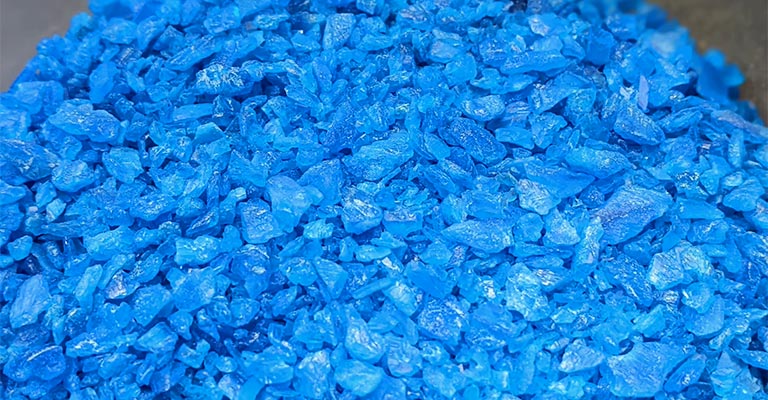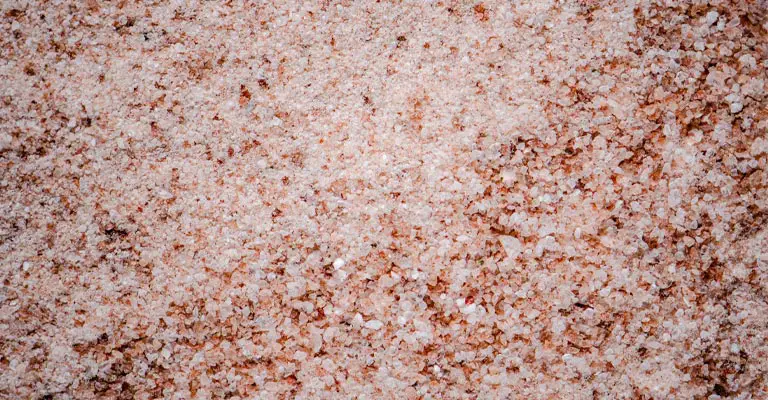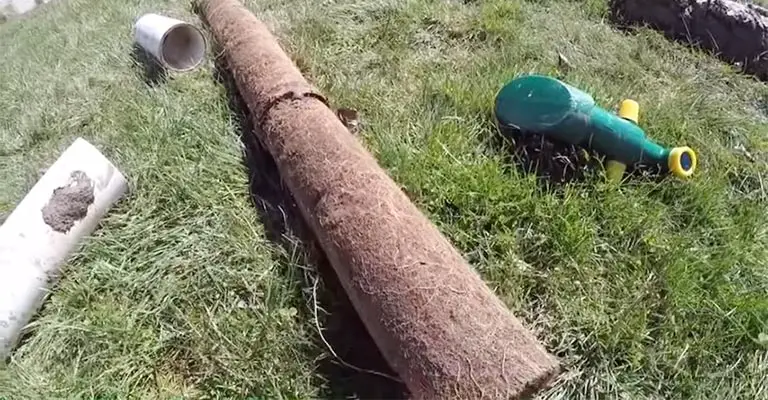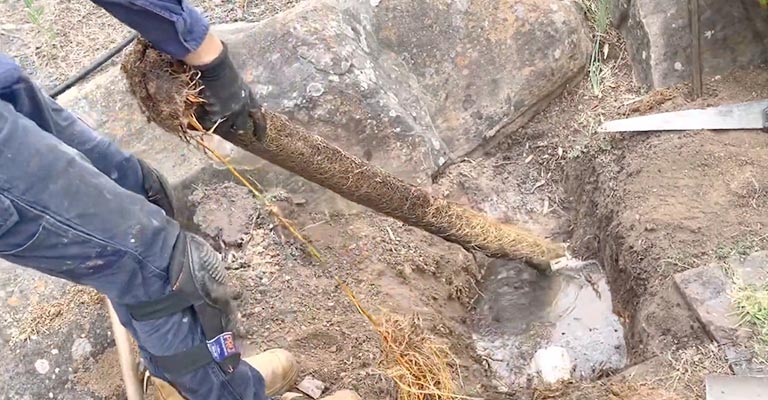When faced with the frustrating and potentially costly problem of tree roots infiltrating sewer lines, finding an effective solution becomes paramount.
Tree roots are naturally drawn to the moisture and nutrients present within sewer lines, leading to blockages and damage that can disrupt the functionality of your plumbing system.
Fortunately, there are several methods and substances that can be employed to dissolve or remove these intrusive roots and restore the flow of wastewater.
What Dissolves Tree Roots In Sewer Lines?
Is your sewer line clogged with tree roots? You need to act quickly if you do. To prevent sewer line problems, you must kill tree roots in the sewer line.
Act now before you notice that your house is flooding or that sewage is backing up through your drains. Let’s begin!
It is possible to kill roots in pipes with a number of effective products that are available on the market. It is easy to do.
But if you don’t feel confident doing the job yourself, it would be best to contact a professional specializing in sewer line repairs. There are a number of options for killing tree roots in sewer lines, including:
1. Copper Sulphate

There are several methods for killing tree roots in sewer lines, including copper sulphate. Most hardware stores carry this chemical product for killing roots.
Mix copper sulphate with water and pour it into your pipes as directed by the manufacturer. A clean water flush should then be performed to remove any chemical residue and dead roots from the area.
In some places, copper sulfate is banned due to its toxicity. If pets come into contact with it, they can die. Ensure that it is legal to use in your area by checking the local legislation.
2. Chemical Drain Cleaners
Another option is to use a chemical drain cleaner to kill tree roots in the sewer line. To use this kind of product, pour it down your pipes, wait a few minutes, and then flush them with water.
The market is full of chemical cleaners that you can use according to the manufacturer’s instructions. Nevertheless, you should be aware that this method may damage your pipes because the chemicals used are acidic.
3. Rock Salt to Dry Them Out

Rock salt is an old trick for killing roots in sewer lines. For decades, rock salt has been used to kill tree roots due to its low cost and effectiveness.
By pouring rock salt down your pipes, you can kill tree roots. The area will need to be flushed with water afterwards. If any tree roots are present in your sewer lines, the salt will absorb the moisture, thereby dehydrating them.
4. Try Foaming Root Killers
You can use foaming root killer to eliminate root growth in your sewer line pipe effectively. The process does not only remove the roots currently in your pipes but also prevents them from coming back in the future.
When root killer comes in contact with water, it foams. Flush your toilet with the powder. Dichlobenil, a root killing agent, is released into the pipe and directly targets root growth.
This can be done once a month to prevent root growth in your sewer line in the future.
5. Call a Professional

There’s nothing better than getting a professional to handle something as complex as a blocked sewer line pipe. The benefit of this is that you not only save yourself a lot of stress, but also fully solve the problem.
An experienced plumber can detect the roots using a sewer camera inspection and fix them right away.
To fix roots-infested sewer line pipes, you only need a plumber who is knowledgeable about such issues.
Does Tree Root Killer Work?
The use of tree root killers is effective. Sewer line pipes can be effectively rooted out with the help of these products. They won’t, however, repair the damage caused by the invasion.
There is a good chance that the tiny crack will now become large enough to leak significantly.
Your toilet’s water leaks can erode the soil around your house when there are significant leaks in the pipe. A sinkhole may occur as a result of erosion, affecting the foundation of your home.
What Is The Best Way To Prevent Tree Roots From Growing In Sewer Lines?

Keeping tree roots out of your sewer line is best achieved through prevention. You can avoid this problem by following these preventive tips:
Wrap Your Sewer Lines With Copper Mesh
The root barrier is an effective and cheap method for preventing tree roots from getting into sewer lines. In most hardware stores, copper mesh can be found, but make sure the pipe is tightly wrapped with it.
Trees Shouldn’t Be Planted Near Houses
You should contact a local home inspector before planting anything near a tree near your house. Pruning back root damage or blockages and adding gravel to the tree’s base will help prevent future damage.
Regularly Inspect Your Drains
You will save time and money by scheduling regular inspections. It would be easy to detect any unusual growth or clog in your sewer-line pipes if you checked them once every six months or a year.
There are sewer inspection cameras available to professional plumbers. If there is an obstruction in your sewer line pipes, this equipment can reach into them for inspection.
Make Sure Old Pipes Are Replaced
The unique architecture and hardwood floors of old houses make them elegant. Its plumbing, however, is outdated.
It is no longer possible to trust the pipes that were used 40, 50, or 60 years ago. Through decades of use, elements, and microorganisms, those pipes have been weakened.
The pipes would be better off if they were replaced. In terms of sewer line pipe materials, plastic or steel would be excellent choices. Corrosion-resistant plastic pipes do not have seams or joints that can cause leaks.
Have Your Pipes Relined
Relining your pipes can ensure that your plumbing is protected against root intrusions. Plastic liners or internal pipe coatings are used in relining sewer lines.
You can choose from a variety of relining methods to strengthen your pipes and seal cracks and leaks.
Does Homeowners Insurance Cover Tree Roots In Sewer Lines?
The majority of home insurance policies do not cover sewer line damage caused by tree roots.
The tree may be able to be claimed if it was planted too close to your house’s foundation and did not have adequate drainage.
How Much Does Tree Roots In The Sewer Line Cost?
Depending on where you live and the severity of the problem, the cost of removing tree roots from your sewer line varies.
A drain cleaning typically costs $200-$1000, while a sewer line spot repair typically costs $1,000-$6,000.
Tips
You will save a lot more than money by practicing prevention. Sewer line pipes should be inspected regularly.
In comparison to when you have a serious issue like water backing up or a sinkhole, removing the roots and permanently terminating their stay in your sewer lines would cost you much less.
Final Words
Regardless of which method you choose, all of them are only temporary. The area where the tree roots are located must be inspected by a professional to get rid of them permanently.
In order to prevent the roots from growing back in, they will determine how far the roots have grown. The sewer line is normally dug up and tree roots are removed from the section with tree roots.
Get a professional plumber to inspect and assess your sewer line if you believe tree roots are causing damage.
This will vary according to where you live and the location of your home, so it’s best to get an estimate from them.








